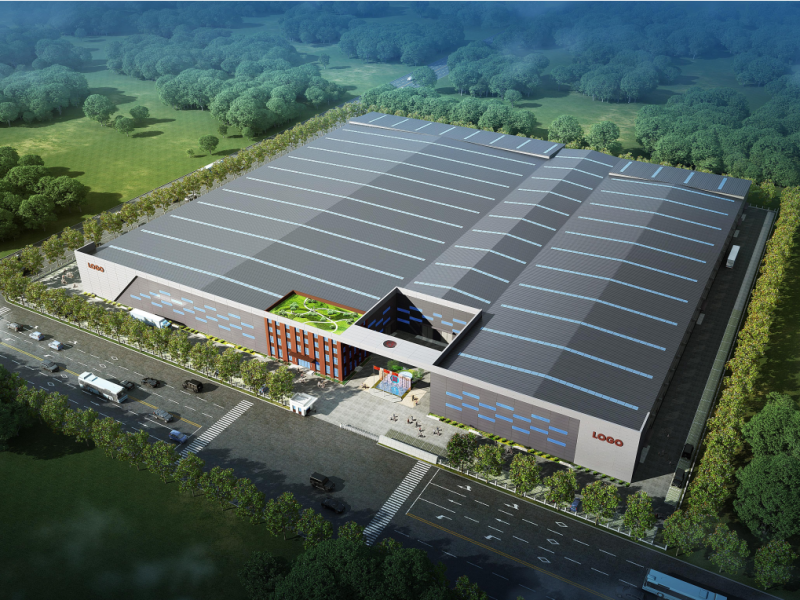
Modular Horse Stables: Durable and Efficient Housing Solutions for Equine Operations
Equine farms require stables that provide safety, comfort, and efficiency for horses while minimizing maintenance costs. Traditional wooden or brick stables are often costly, time-consuming to build, and difficult to expand.
Modular horse stables offer a modern alternative, combining prefabrication, durability, and flexible design to meet the needs of professional equine operations. This article explores the advantages, design considerations, and applications of modular horse stables for B2B clients in the equine industry.
What Are Modular Horse Stables?
Modular horse stables are prefabricated buildings constructed with steel frames, insulated panels, and durable roofing. These components are manufactured in a factory and assembled on-site, ensuring consistent quality and fast deployment.
Unlike traditional stables, modular designs allow customization of stall size, aisle width, and amenities such as feed storage, tack rooms, and ventilation systems. Expansion is simple and can be done without disrupting ongoing farm operations.
Key Advantages of Modular Horse Stables
- Rapid Deployment
Prefabricated modules allow stables to be built quickly, reducing downtime and enabling faster operational readiness. - Durability and Longevity
Steel frames resist rot, pests, and fire, ensuring stables remain safe and functional for decades. - Low Maintenance
Prefabricated panels are easy to clean and disinfect, reducing labor costs and maintaining hygiene for horses. - Optimized Ventilation and Climate Control
Proper airflow and temperature regulation create a comfortable environment, supporting equine health and performance. - Flexible Layouts
Modular stables can be configured for different herd sizes, training areas, feed storage, and tack rooms. - Scalability
Additional modules can be added as horse numbers increase, without disrupting existing operations. - Sustainability
Steel is recyclable, and prefabrication reduces construction waste. Energy-efficient designs reduce heating and cooling costs.
Design Considerations for Equine Operations
B2B clients should focus on:
- Stall Size and Layout: Adequate space per horse for comfort and safety.
- Aisle Width: Ensure easy movement of horses and staff.
- Ventilation and Lighting: Natural light and proper airflow reduce respiratory issues.
- Flooring and Drainage: Non-slip floors and efficient drainage maintain hygiene and safety.
- Future Expansion: Modular designs should allow additional stalls or storage modules.
Applications Across Equine Operations
Modular horse stables are suitable for:
- Riding Schools and Equestrian Centers: Durable, low-maintenance stables for training and boarding.
- Professional Breeding Farms: Flexible layouts for mares, foals, and stallions.
- Private Horse Estates: Customizable stables for recreational or competitive horses.
- Event Facilities: Temporary or semi-permanent stables for competitions or shows.
Case Studies
- Equestrian Center (USA):
Installed modular horse stables with 40 stalls and integrated tack rooms. Construction completed in four weeks, reducing costs and operational downtime. - Breeding Farm (Europe):
Expanded existing facilities with modular stables. Durable steel construction minimized maintenance and improved horse welfare. - Competitive Horse Facility (Australia):
Built modular stables for show horses with optimized ventilation and feeding systems. Enhanced comfort and operational efficiency.
Why B2B Clients Should Consider Modular Horse Stables
Modular horse stables provide several advantages for professional equine operations:
- Speed: Rapid assembly accelerates operational readiness.
- Durability: Long-lasting steel frames resist environmental and structural challenges.
- Cost Efficiency: Reduced maintenance and labor costs.
- Flexibility: Modular design allows easy reconfiguration and expansion.
- Horse Welfare: Proper ventilation, lighting, and stall space improve health and performance.
- Sustainability: Prefabrication and recyclable materials support eco-friendly operations.
For B2B clients, modular horse stables are a strategic investment that enhances operational efficiency, reduces costs, and ensures the welfare of horses.
Conclusion
Modular horse stables are transforming equine operations by providing fast, durable, and flexible housing solutions. Prefabrication, modular layouts, and energy-efficient designs allow farms to optimize operations while ensuring horse comfort and welfare.
For equine professionals and B2B clients, investing in modular horse stables is a practical, scalable, and sustainable solution that meets the demands of modern horse management.
